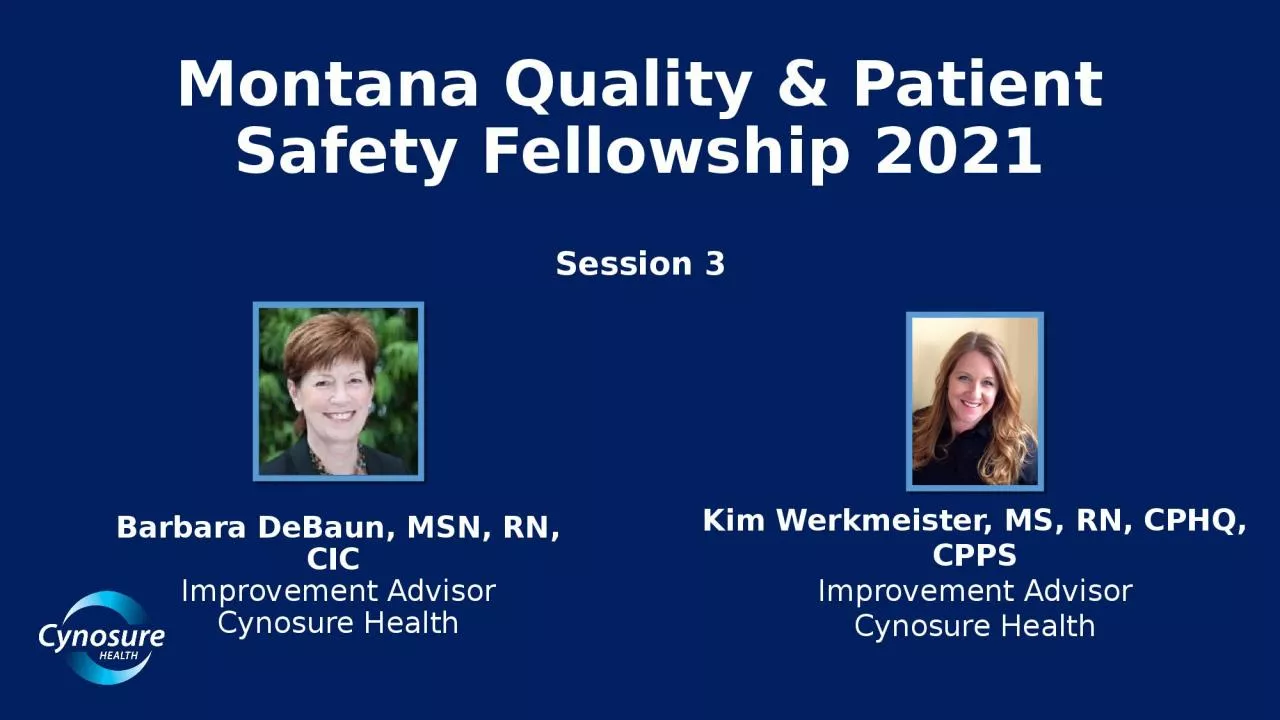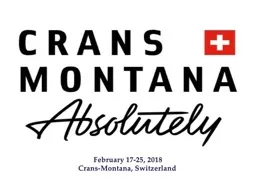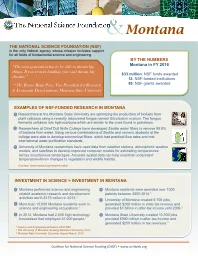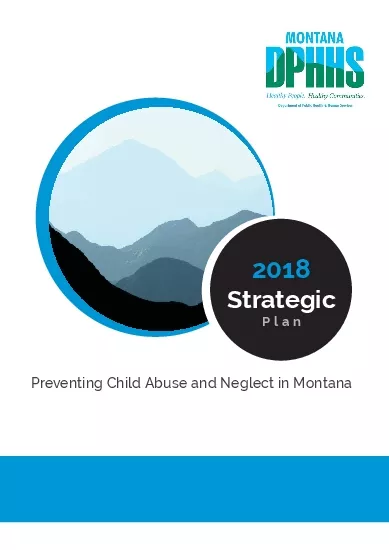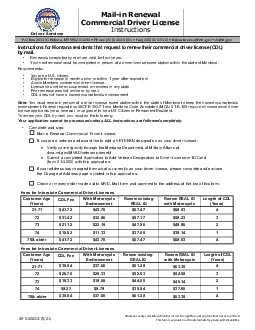PPT-Montana Quality & Patient Safety Fellowship 2021
Author : yvonne | Published Date : 2024-03-13
Barbara DeBaun MSN RN CIC Improvement Advisor Cynosure Health Session 3 Kim Werkmeister MS RN CPHQ CPPS Improvement Advisor Cynosure Health Goals for the Program
Presentation Embed Code
Download Presentation
Download Presentation The PPT/PDF document "Montana Quality & Patient Safety Fel..." is the property of its rightful owner. Permission is granted to download and print the materials on this website for personal, non-commercial use only, and to display it on your personal computer provided you do not modify the materials and that you retain all copyright notices contained in the materials. By downloading content from our website, you accept the terms of this agreement.
Montana Quality & Patient Safety Fellowship 2021: Transcript
Download Rules Of Document
"Montana Quality & Patient Safety Fellowship 2021"The content belongs to its owner. You may download and print it for personal use, without modification, and keep all copyright notices. By downloading, you agree to these terms.
Related Documents

